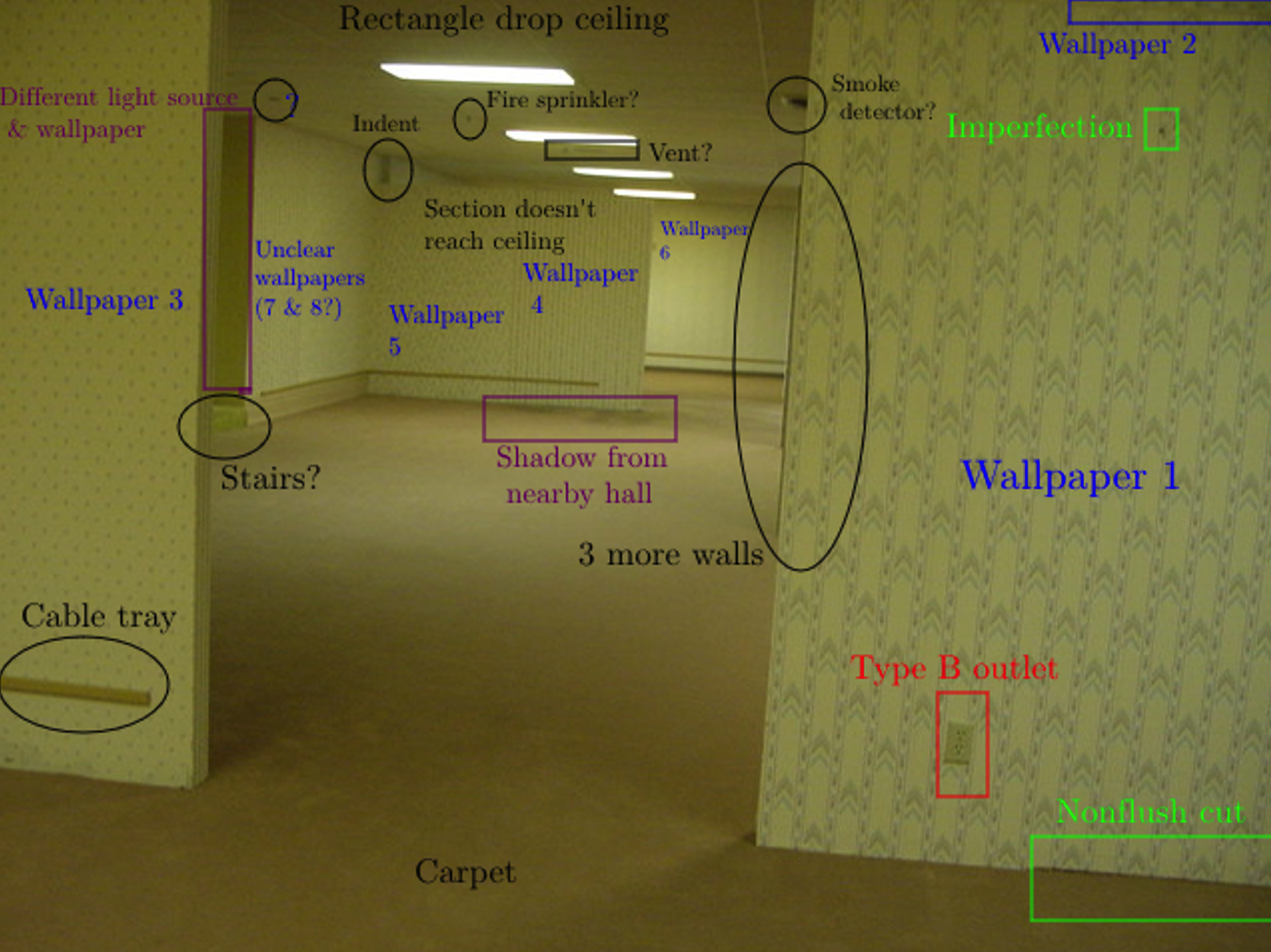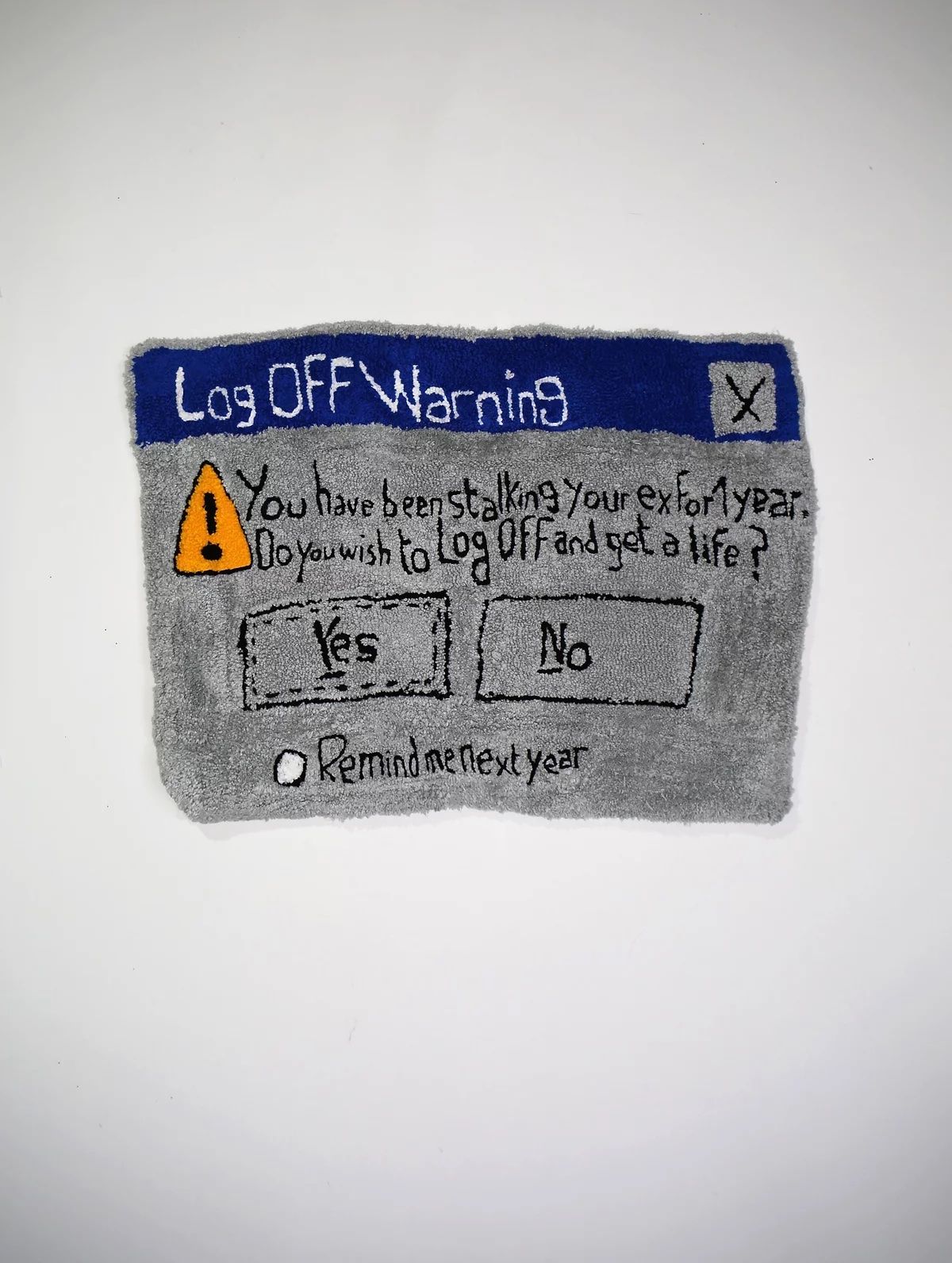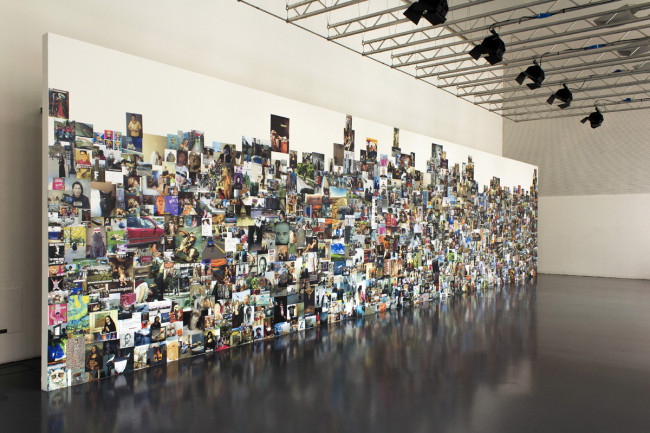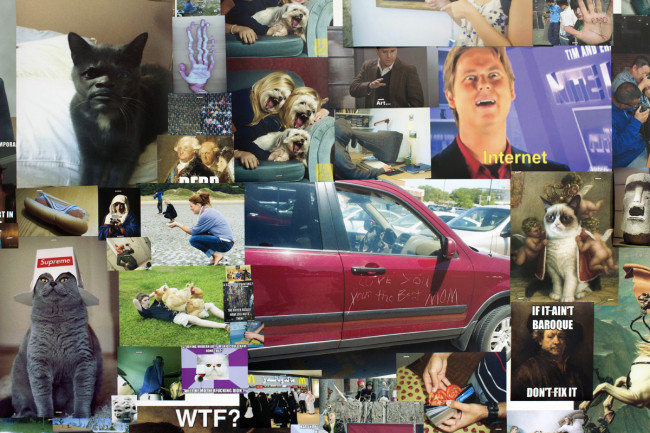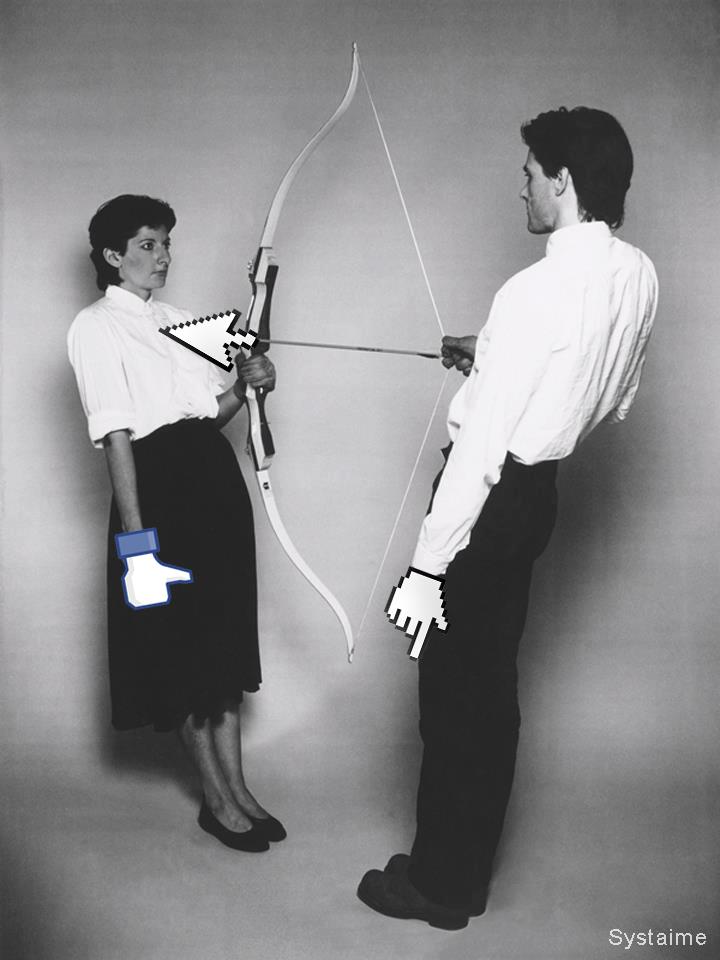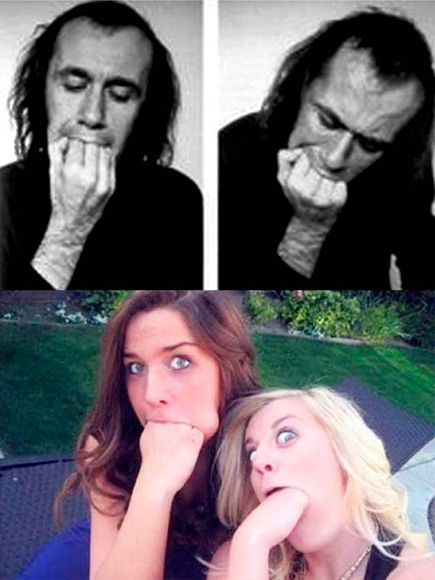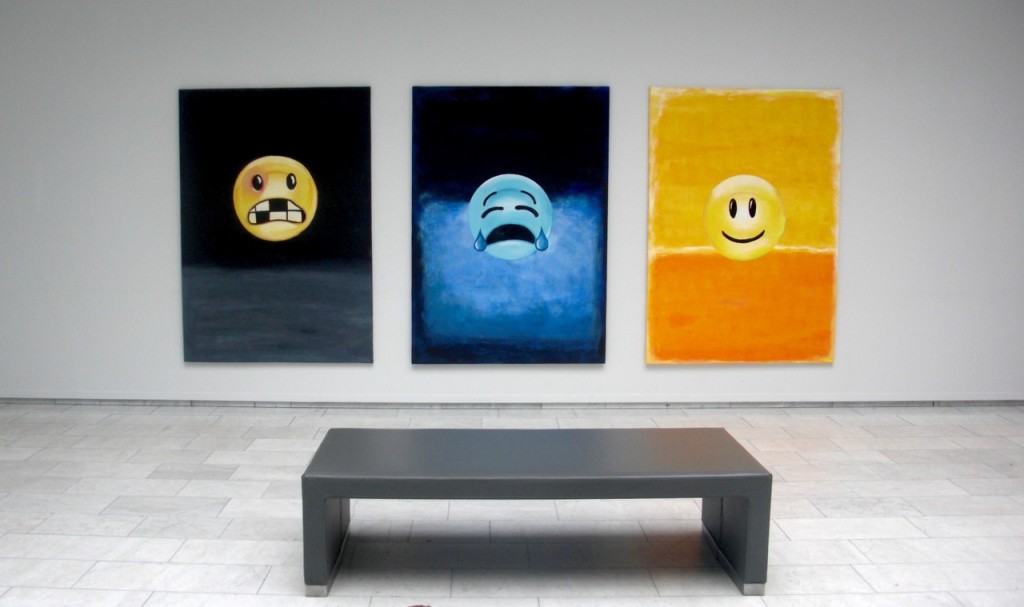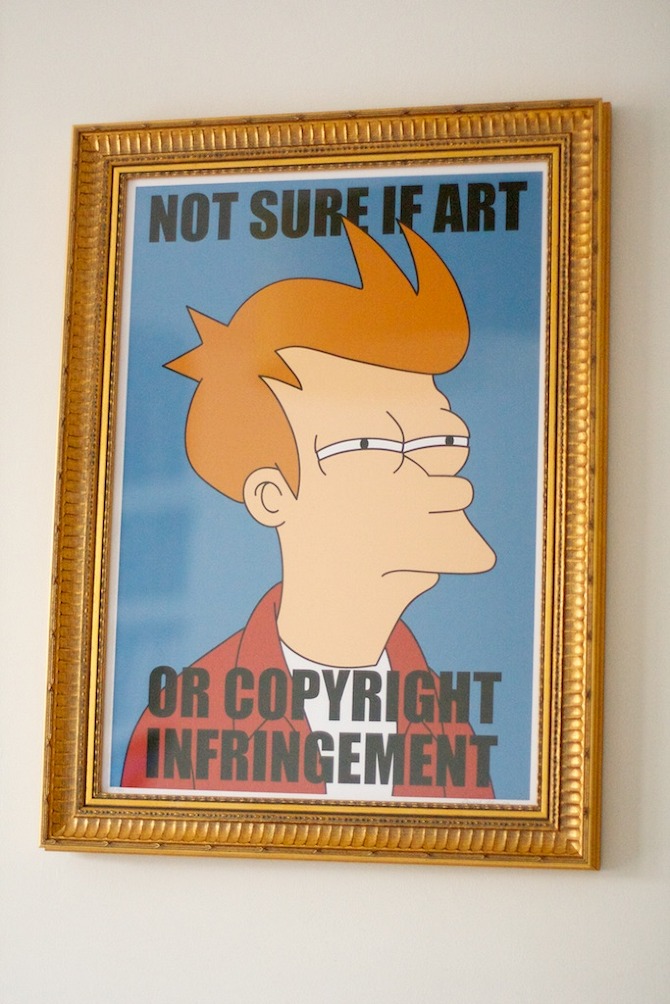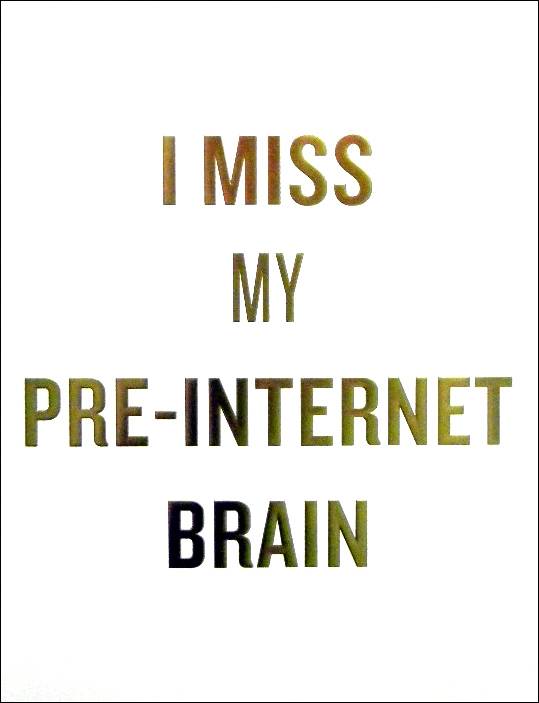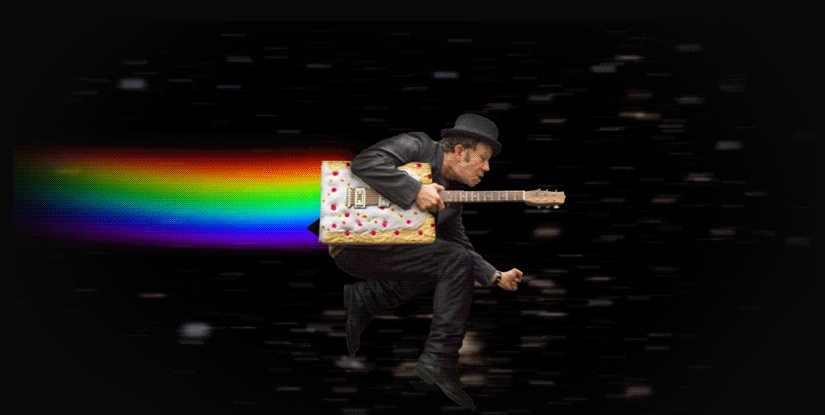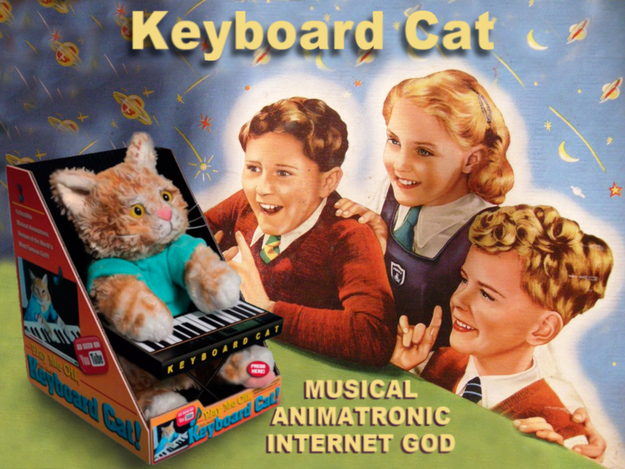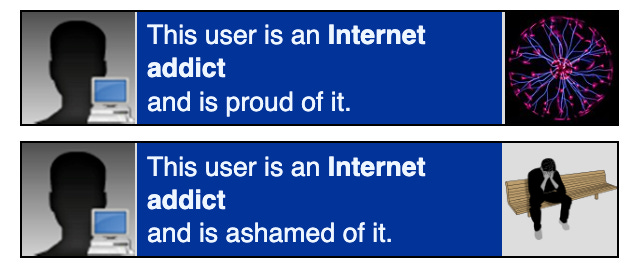
A userbox (commonly abbreviated as UBX) is a small colored box designed to appear only on a Wikipedian’s user page as a communicative notice about the user, in order to directly or indirectly help Wikipedians collaborate more effectively on articles.
Kristin Merrilees published an interesting article about them in her Substack. You can read it here.
“In a chapter from the 2009 book “Folklore and the Internet: Vernacular Expression in a Digital World,” William Westerman writes about the history and culture of userboxes: ‘A fair number of these are self-referential, or even metafolkloristic, in the sense that they make use of in-jokes that would only be comprehensible to aficionados of the same television series, adherents to a particular religion, or experienced Wikipedians.'”

